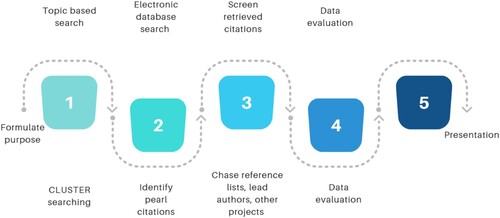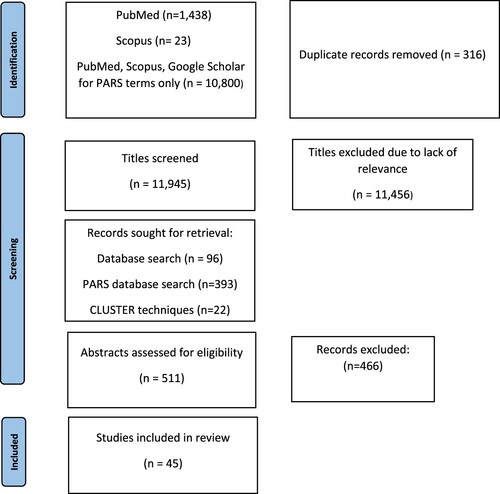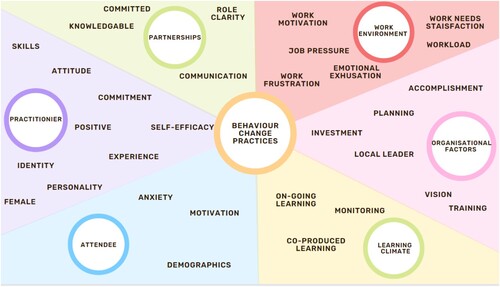Figures & data
Table 1. Topic based search terms and arrangement of Boolean operators for the narrative review.
Table 2. Inclusion and exclusion criteria for citation screening.
Figure 1. The stages adopted during the integrative review.

Figure 2. PRISMA flowchart outlining the study selection process based on relevance and ability to answer the research question.

Figure 3. A visual representation of the narrative synthesis element of the review.

